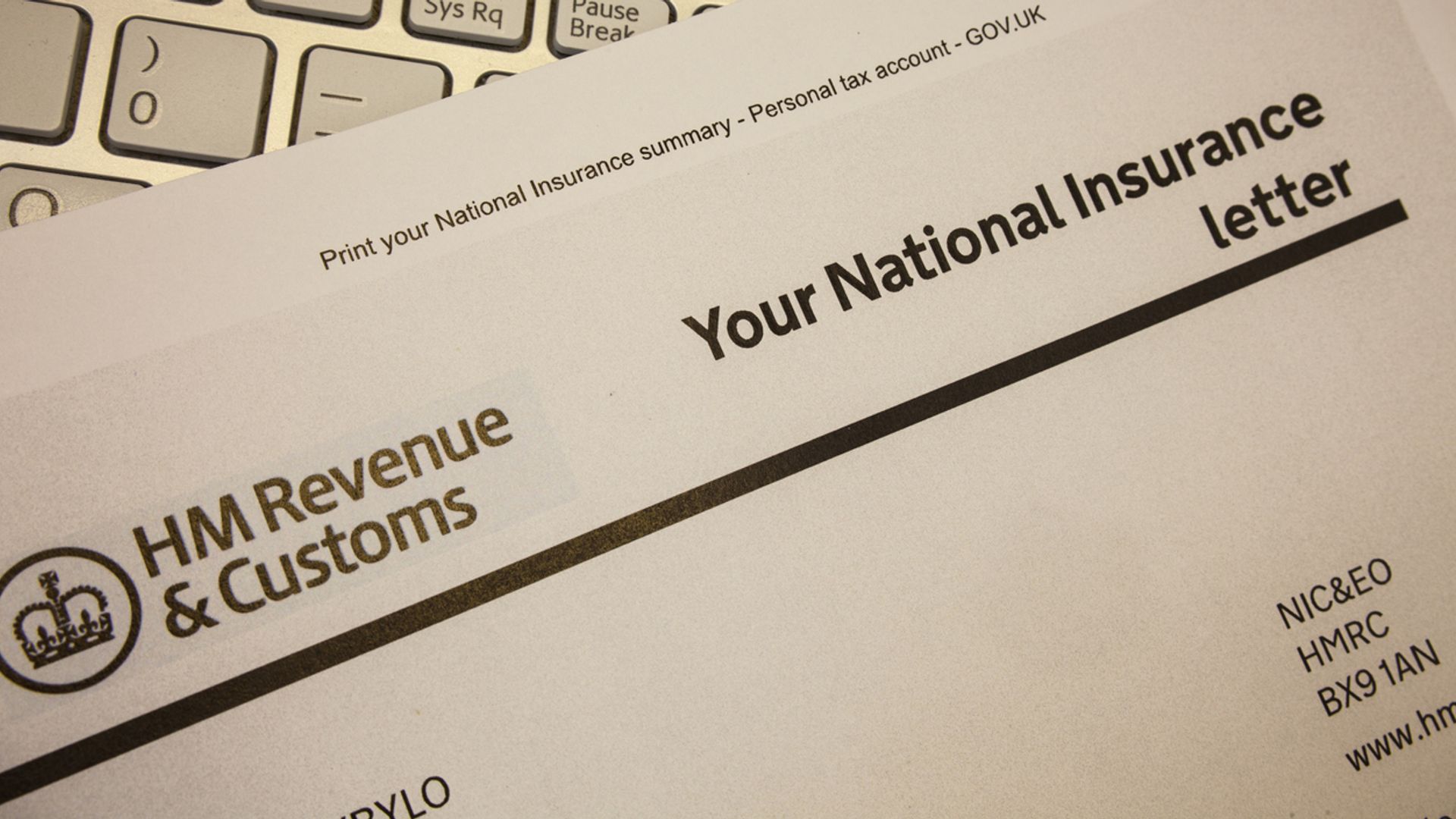The business secretary has suggested the government could put up national insurance for employers in the budget without breaking its election pledges.
Jonathan Reynolds told Sunday Morning with Trevor Phillips that Labour’s promise not to increase national insurance “was specifically in the manifesto, a reference to employees”.
National insurance is paid by both employees and employers and it has been unclear whether Labour’s vow not to increase the tax included both levies.
Politics latest: Minister quizzed on why Musk isn’t invited to UK summit
In Prime Minister Question’s on Wednesday, Sir Keir Starmer refused to rule out increases to the tax.
The business secretary’s comments are the clearest indication yet that such a rise is being considered.
Please use Chrome browser for a more accessible video player
But coming on the eve of a major investment summit, the suggestion risks a row with companies – who would be hit by such a tax rise – and may prompt questions over the government’s commitment to economic growth.
It also comes on the heels of an argument with the firm DP World over comments made by the transport secretary that caused the company to review a £1bn London port investment.
“You know that pledge was taxes on working people… there’s a lot already in the manifesto, but you have to wait for the detail of a budget… this will be a budget for growth,” said Mr Reynolds.
Shadow work and pensions secretary Mel Stride said increasing employer national insurance would amount to a “tax on jobs” and “what they should be about is growth and increasing productivity”.
Please use Chrome browser for a more accessible video player
With the budget just over a fortnight away, the chancellor has also strongly hinted that she is planning to tweak the rules that dictate how much the government is allowed to borrow for spending on infrastructure investment.
Read more:
What are Labour’s fiscal rules?
The verdict on Starmer’s first 100 days
Budget will be Labour’s biggest test yet
Writing in The Sunday Times, Rachel Reeves said it was “time that the Treasury moved on from just counting the costs of investments, to recognising the benefits too”.
It has been reported that the Treasury is considering changing how it calculates debt by stripping out the value of assets it holds, such as transport or building infrastructure or the student loan book.
Please use Chrome browser for a more accessible video player
This would bring down the headline government debt figure and allow the chancellor to borrow more money within her fiscal rule to have debt falling within a five-year forecast.
Crucially, such a move would not affect day-to-day spending so tax rises will likely still be needed to plug the hole in ongoing commitments.
But it would free up space for the Treasury take on more debt to spend on one-off projects – such as green technology, schools or hospitals – which ministers argue are essential to bring about economic growth.

Supporters of such a change argue that the current approach fails to adequately capture the potential long-term economic benefits of borrowing to invest because of the five-year horizon within which debt must start falling.
Detractors say changing the fiscal rules in this way would amount to fiddling the figures to load the country up with liabilities.






